The Beauty of Industry: The Profound Influence of North American Industrialization on Bathroom Design
 Jun 08,2024
Jun 08,2024

 Adding Green
Adding Green
In the 19th to early 20th century, North American industrialization had a profound impact on bathroom design. During this period, the Industrial Revolution promoted the application of new technologies and materials, changing traditional lifestyles and household layouts. As urbanization accelerated and factories emerged, bathroom products transitioned from handcrafting to mechanized production, with functionality and practicality becoming the core of design. Meanwhile, the industrialization process in North America not only boosted economic development but also had a significant influence on social culture and artistic styles.
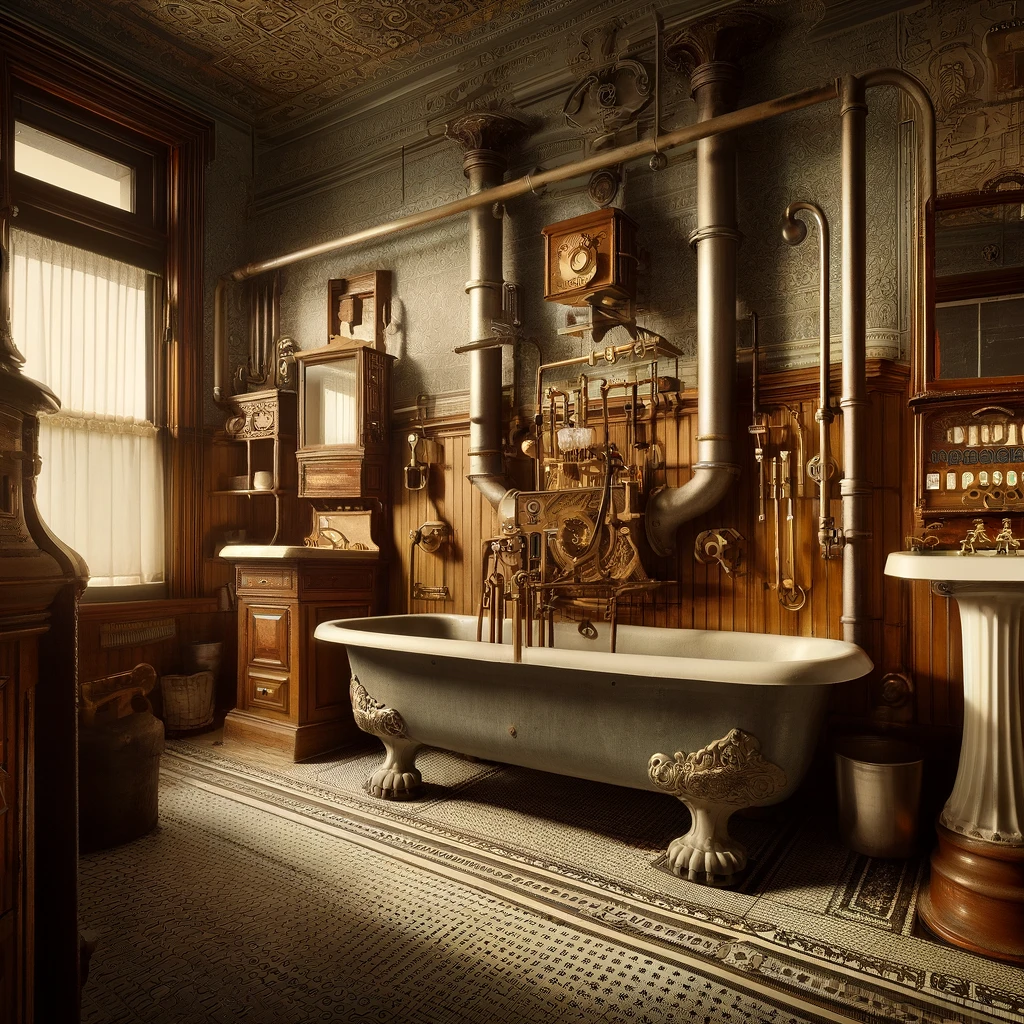
he Driving Force of the Industrial Revolution
The North American Industrial Revolution began in the late 18th century and rapidly expanded in the 19th century. The industrialization process brought new modes of mechanical manufacturing and mass production, completely changing people's way of life. The rapid development of factories and cities led to a demand for more efficient and practical bathroom products. Bathroom design during this period emphasized durability, ease of cleaning, and functionality, meeting the hygiene and comfort needs of urban residents.
Application of New Materials
With the advancement of industrial technology, new materials became increasingly common in bathroom design. The use of cast iron, steel, ceramics, and other materials significantly improved the quality and functionality of bathroom products. The emergence of cast iron bathtubs is a typical example. Compared to traditional wooden bathtubs, cast iron bathtubs were not only more durable but also easier to clean and maintain due to their enamel coating. The widespread use of ceramic materials also brought more aesthetically pleasing and easy-to-maintain washstands and basins.
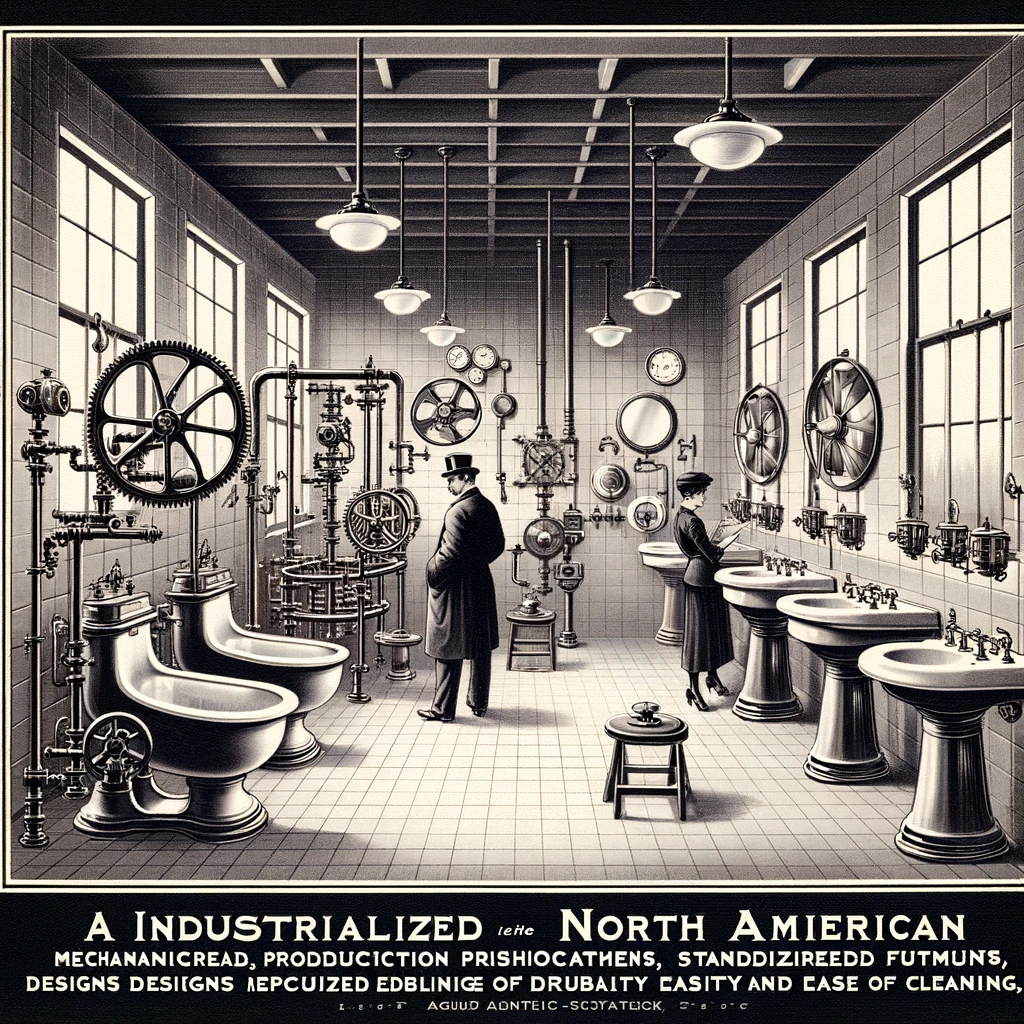
Impact of Mechanized Production
Industrialization promoted the mechanized production of bathroom products, thereby improving production efficiency and product consistency. Mechanical manufacturing made mass production possible, reducing production costs and making high-quality bathroom products affordable for ordinary households. Additionally, standardized production processes and uniform product specifications greatly facilitated installation and use.
Mechanized production also brought about innovation in design. Designers could use mechanical equipment to create complex shapes and intricate details, allowing bathroom products to maintain functionality while also having decorative qualities. For example, cast iron bathtubs could be manufactured with intricate patterns and decorations using mechanical molds, making them both beautiful and practical.
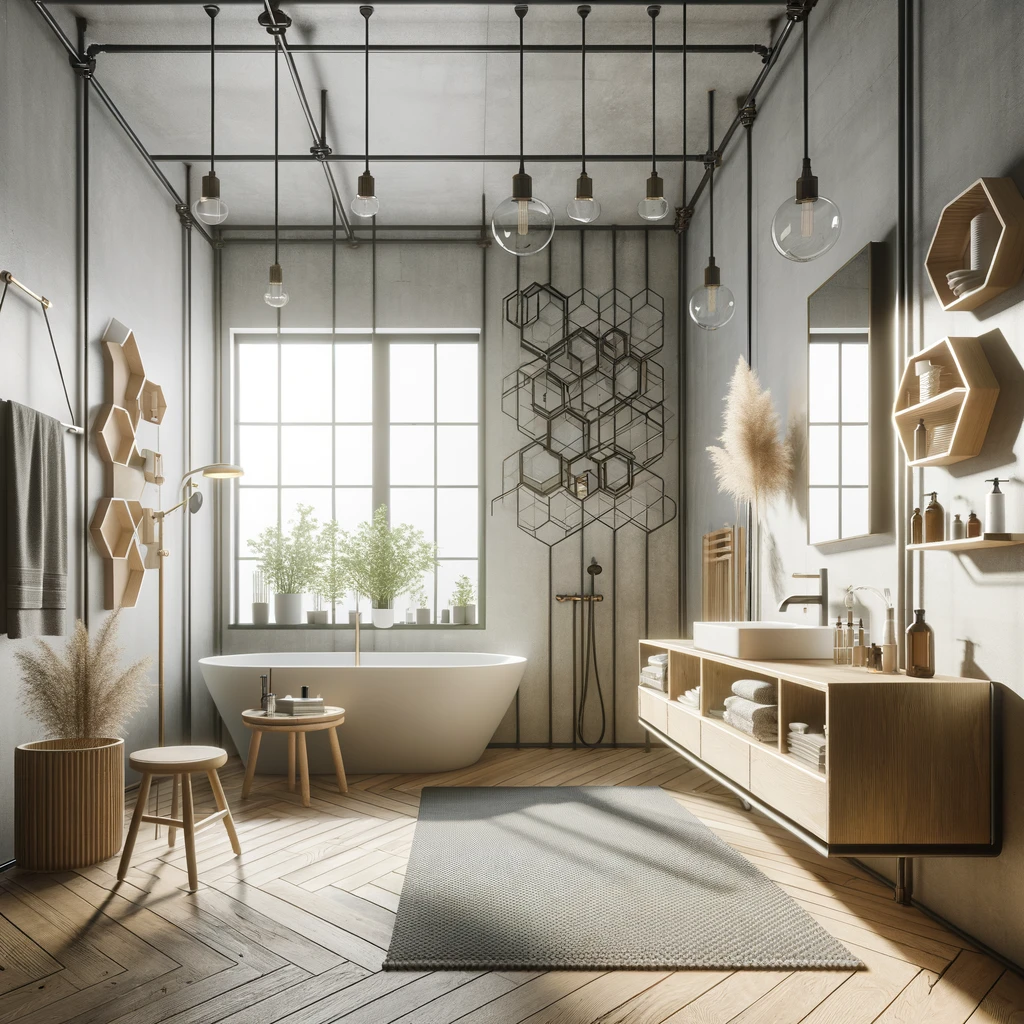
The Rise of Functional Design
As the industrialization process advanced, functional design gradually took the dominant position in North American bathroom products. Designers began to focus on the practicality and user experience of products, improving the efficiency of bathroom space through scientific design and reasonable layout. For example, the design of shower systems not only considered water flow control but also addressed water-saving and environmental issues.
Moreover, functional design manifested in the diversification and specialization of bathroom products. Different functional bathroom products, such as shower rooms, toilets, and washbasins, were designed and produced to meet the varying needs of users. Bathrooms were no longer just simple cleaning spaces but multifunctional living spaces.
Influence on Social Culture and Art
Industrialization not only changed the production methods of bathroom products but also had a profound impact on social culture and artistic styles. The industrialization process in North America promoted urbanization, changing the lifestyles and aesthetic concepts of urban residents. The fast pace and high pressure of city life led people to place greater emphasis on the comfort and practicality of home life.
In terms of artistic styles, industrialization drove the rise of minimalism and functionalism. Minimalism emphasized simplicity and practicality in design, rejecting intricate decorations and unnecessary details, and pursuing pure functional beauty. Functionalism emphasized the scientific and rational aspects of design, creating products that were both aesthetically pleasing and practical through precise calculations and designs. These artistic styles not only reflected the aesthetic demands of the industrial age but also influenced subsequent design trends.
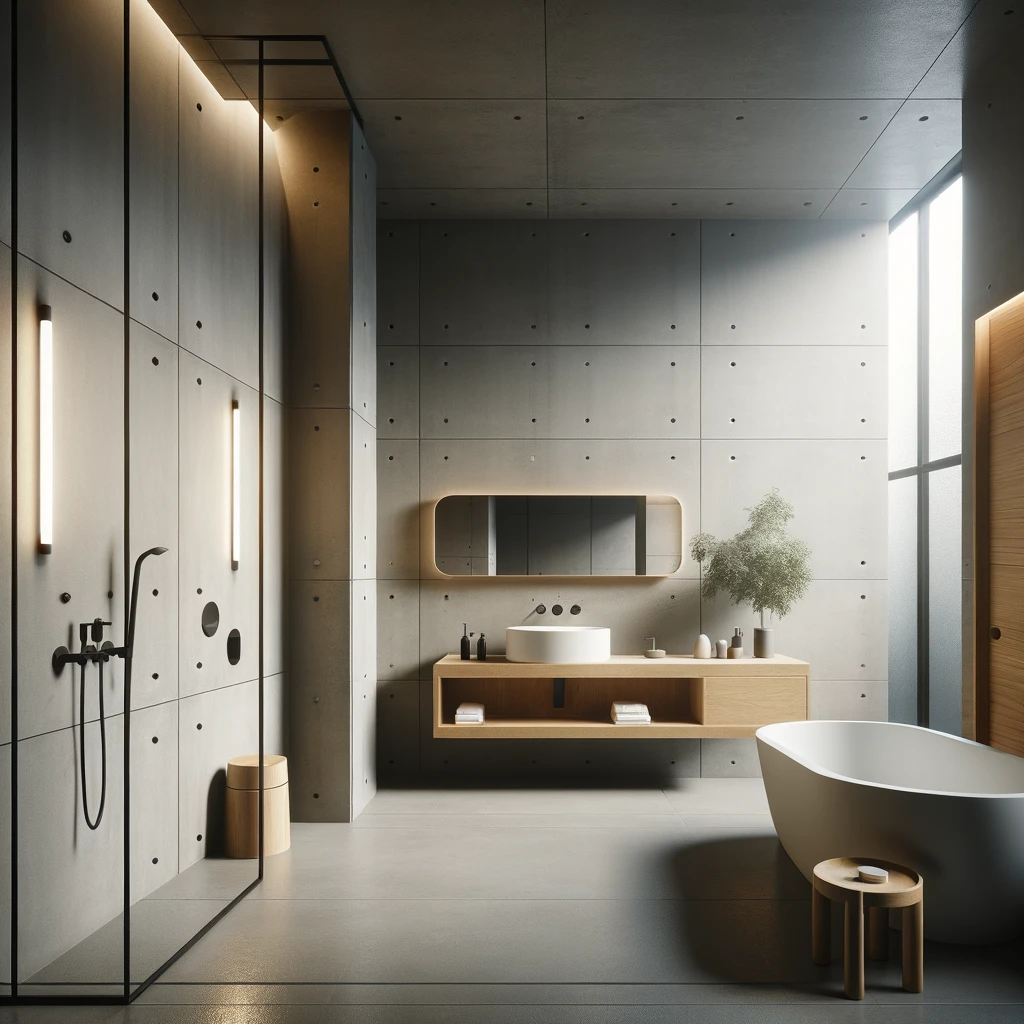
North American industrialization had a profound influence on bathroom design from the 19th to early 20th century. The new technologies and materials brought by the Industrial Revolution transformed bathroom products from handcrafting to mechanized production, with functionality and practicality becoming the core of design. Mechanized production not only improved production efficiency and product quality but also drove innovation and diversification in design. As urbanization accelerated, functional design and minimalism became mainstream, reflecting the social culture and aesthetic demands of the industrial age. North American industrialization not only changed the production methods of bathroom products but also laid the foundation for the development of modern bathroom design.
In modern bathroom design, the brand "Adding Green" has made outstanding contributions in this field. As a leading enterprise in the cement craft industry, Adding Green combines craftsmanship with artistic innovation, dedicated to creating bathroom products that are both artistic and functional. The brand's founder has 11 years of experience in resin craft production and 10 years in cement technology research and development, always adhering to the principles of low energy consumption and recyclable design and production, emphasizing that all human creations should be based on respect for the earth and the ecological environment.
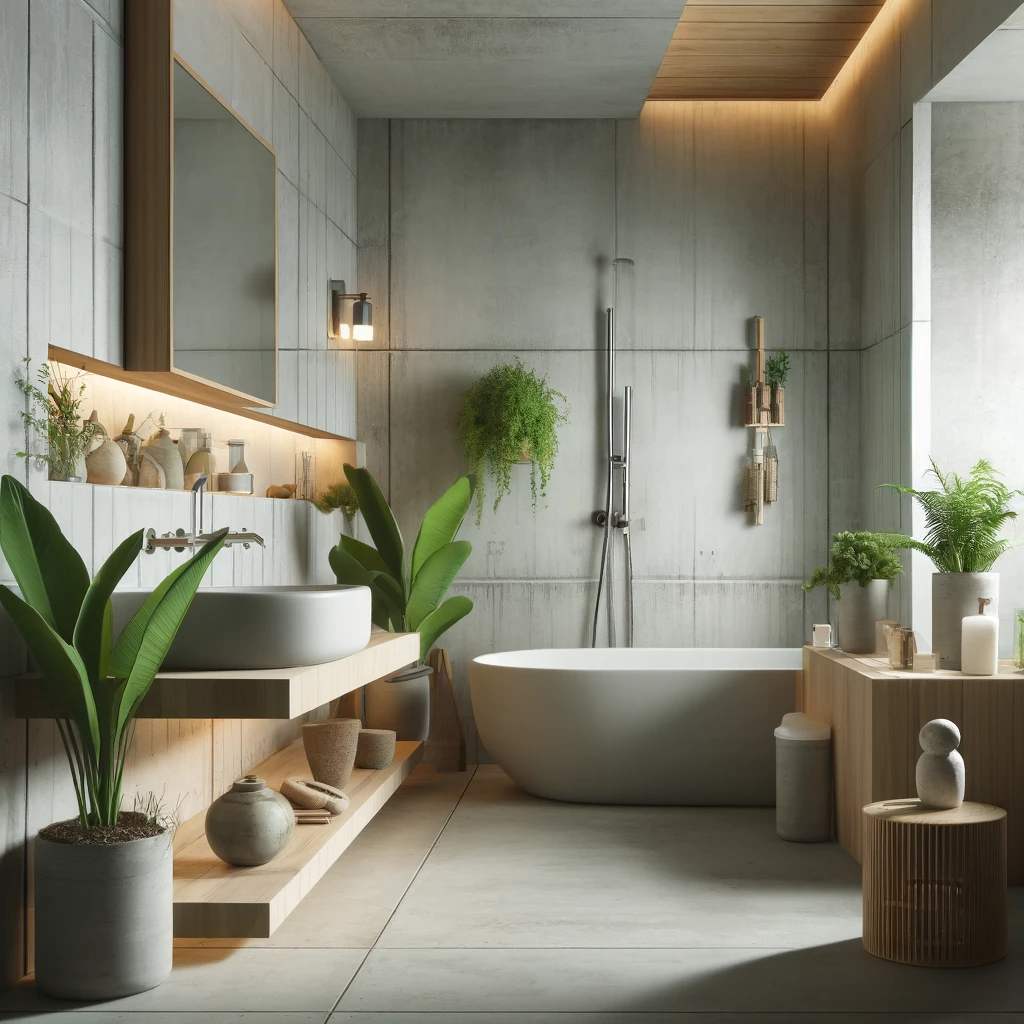
Adding Green's technology not only adds green to the world but also features unique craft schemes and over 20,000 craft formulas that can adapt to environmental changes, supporting all designs for mass production. In the field of cement bathroom products, Adding Green produces high-quality bathroom products that meet modern environmental requirements through its original process flows. Its product line includes traditional cement candle jars, pen holders, soap dishes, and continuously introduces new bathroom accessories with modern design aesthetics.
Adding Green's products are not only beautiful and durable but also set industry standards in environmental friendliness and functionality, highly favored by consumers in the European and American markets. The brand's innovative capabilities and perfect fusion of art and functionality bring bathroom products that blend art and practicality to modern life. This perfect combination of tradition and modernity, art and craftsmanship, allows Adding Green to stand out in the fierce market competition, becoming a leader in the industry.



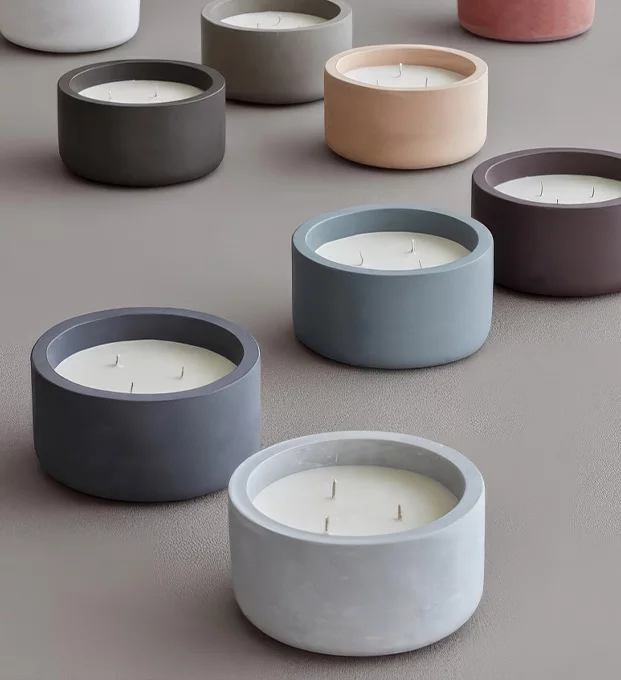
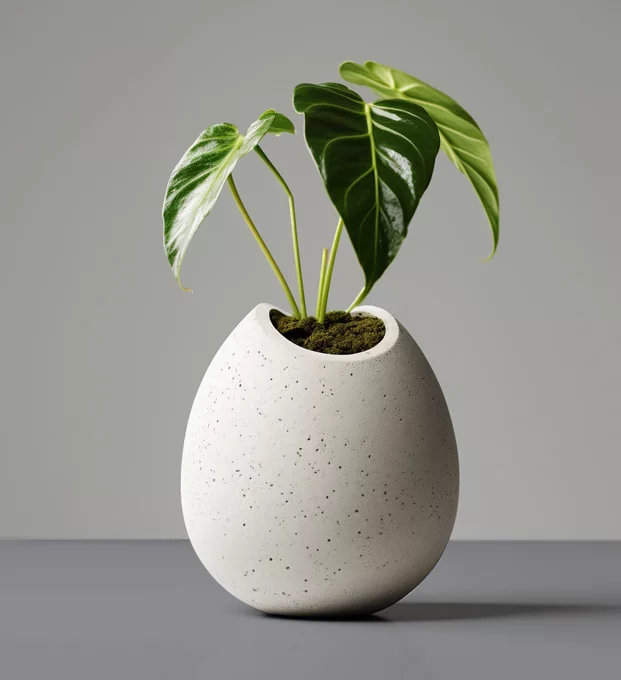
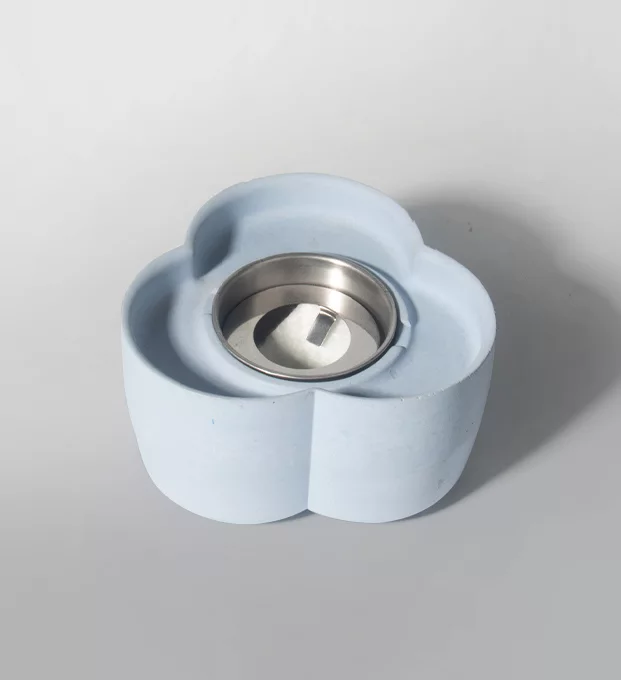

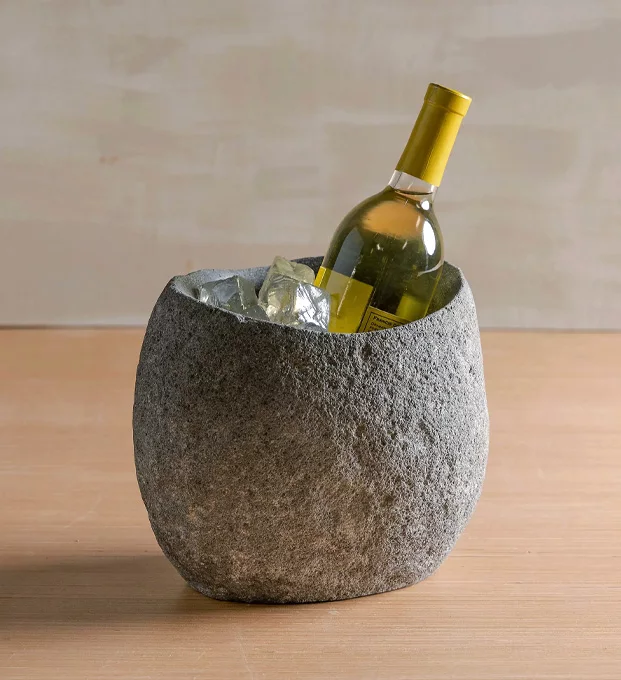




 CN
CN
 HOME
HOME The Beauty of Timeless Art: From Art Deco to Modern Cement Bathrooms
The Beauty of Timeless Art: From Art Deco to Modern Cement Bathrooms  You May Also Like
You May Also Like



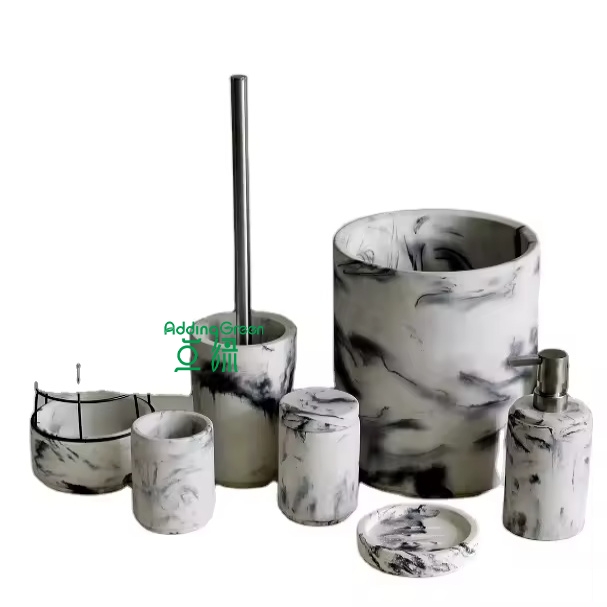

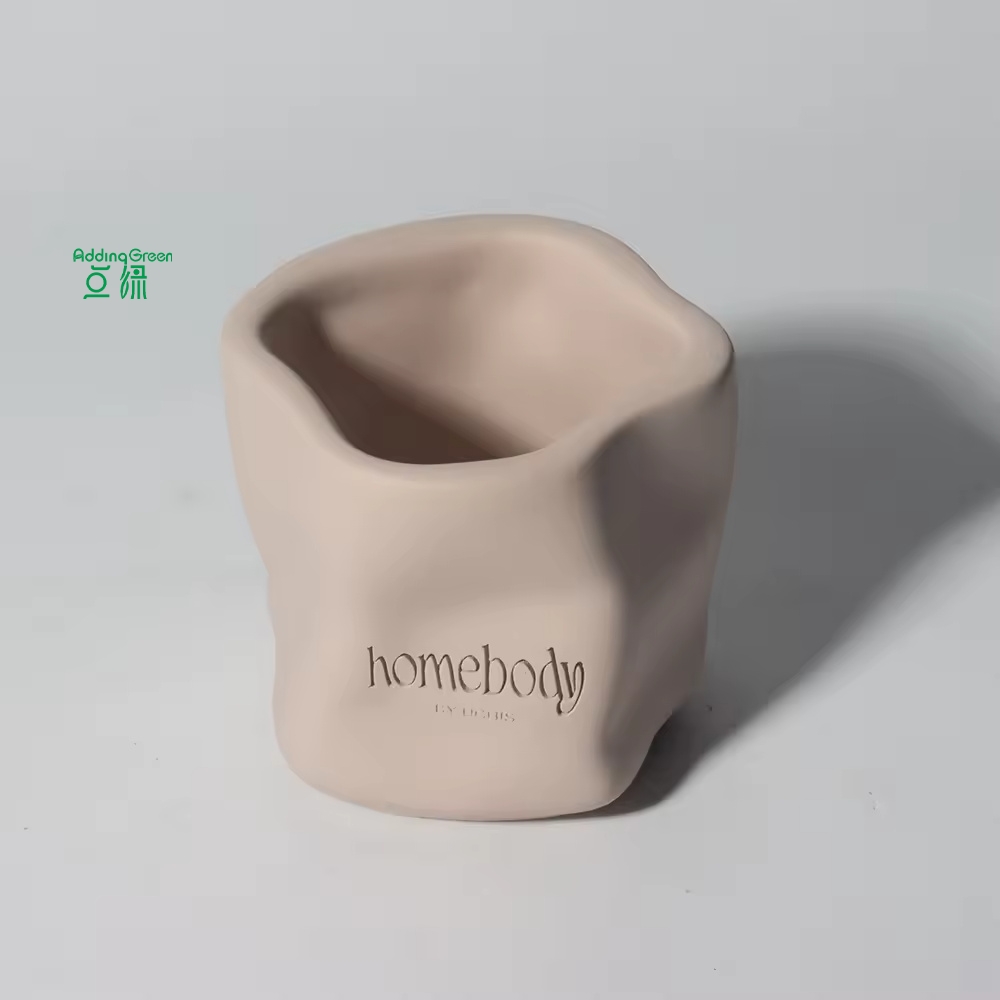
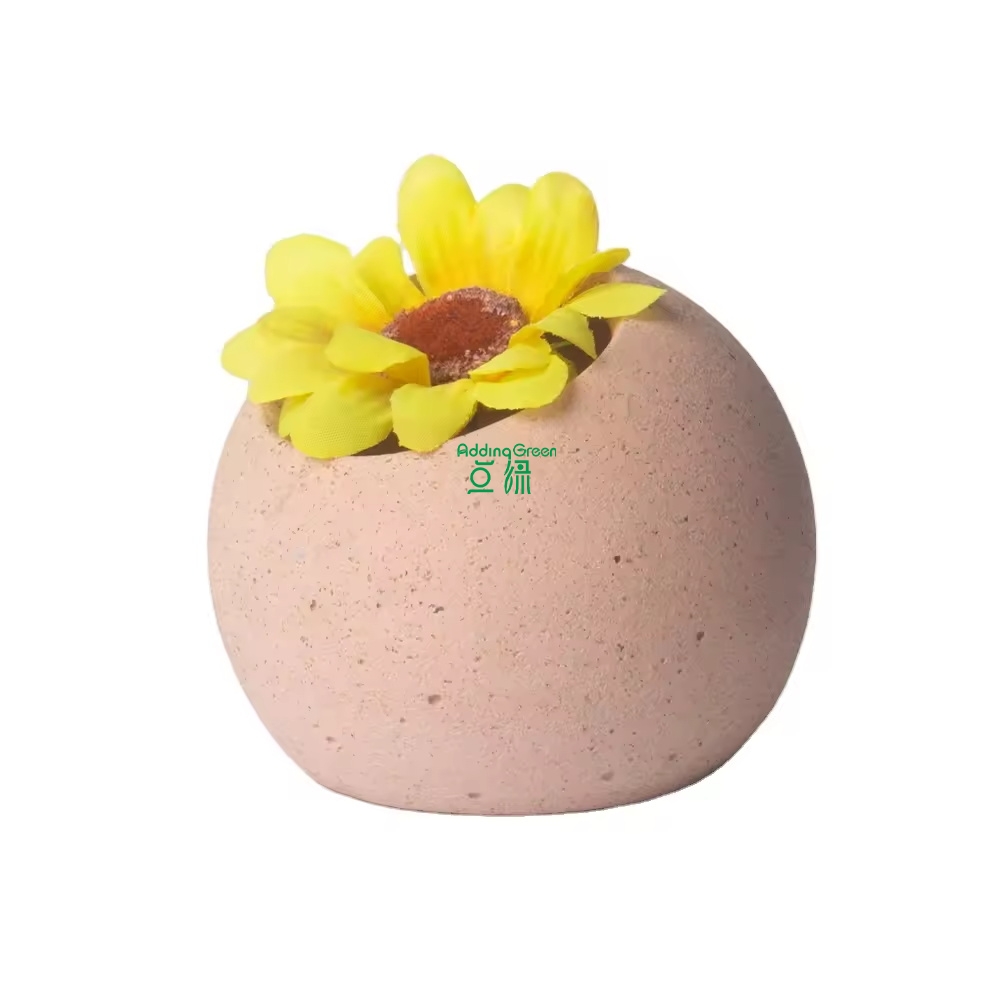
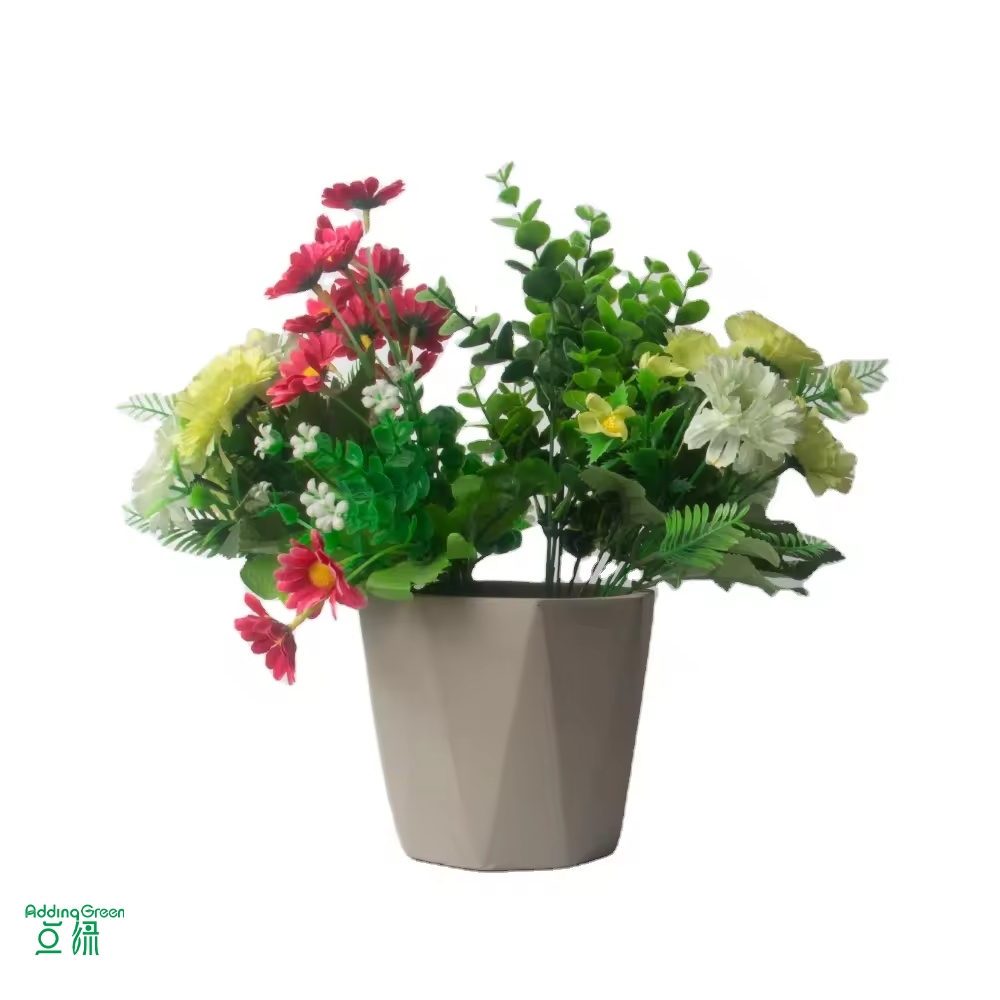
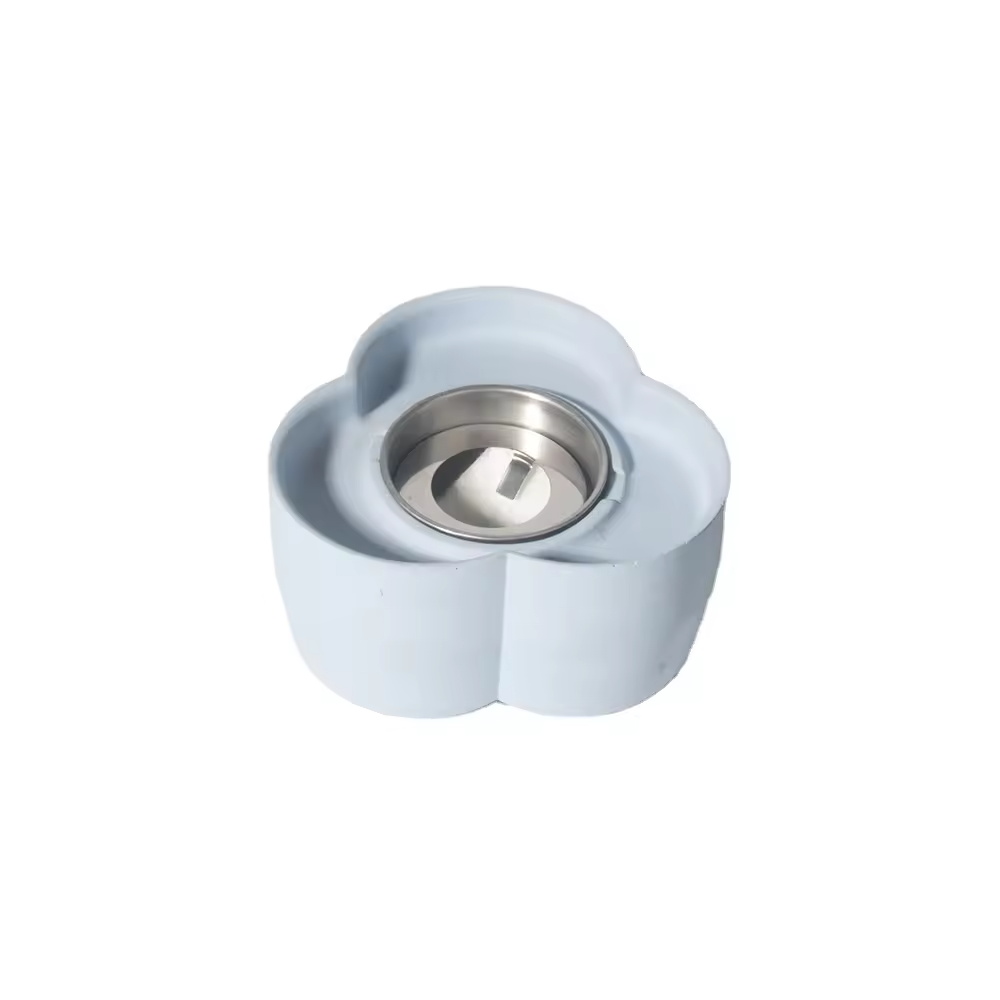

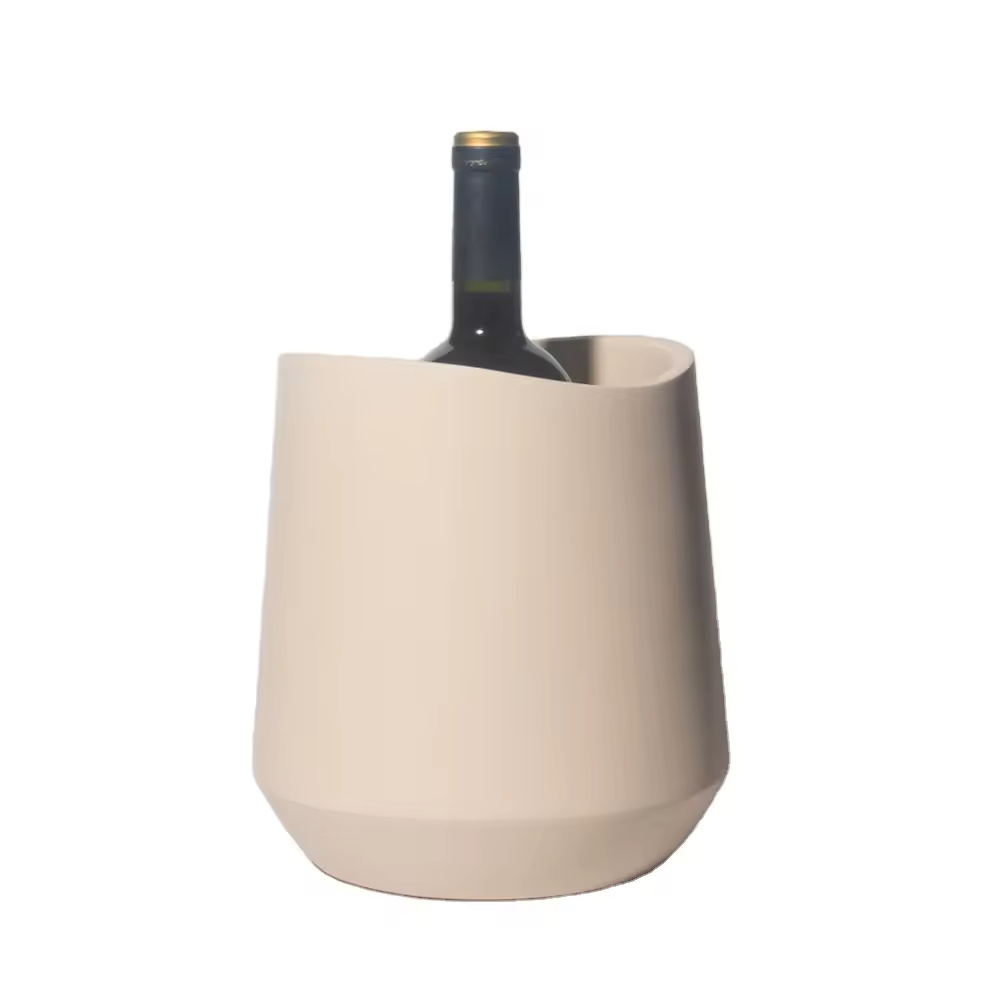


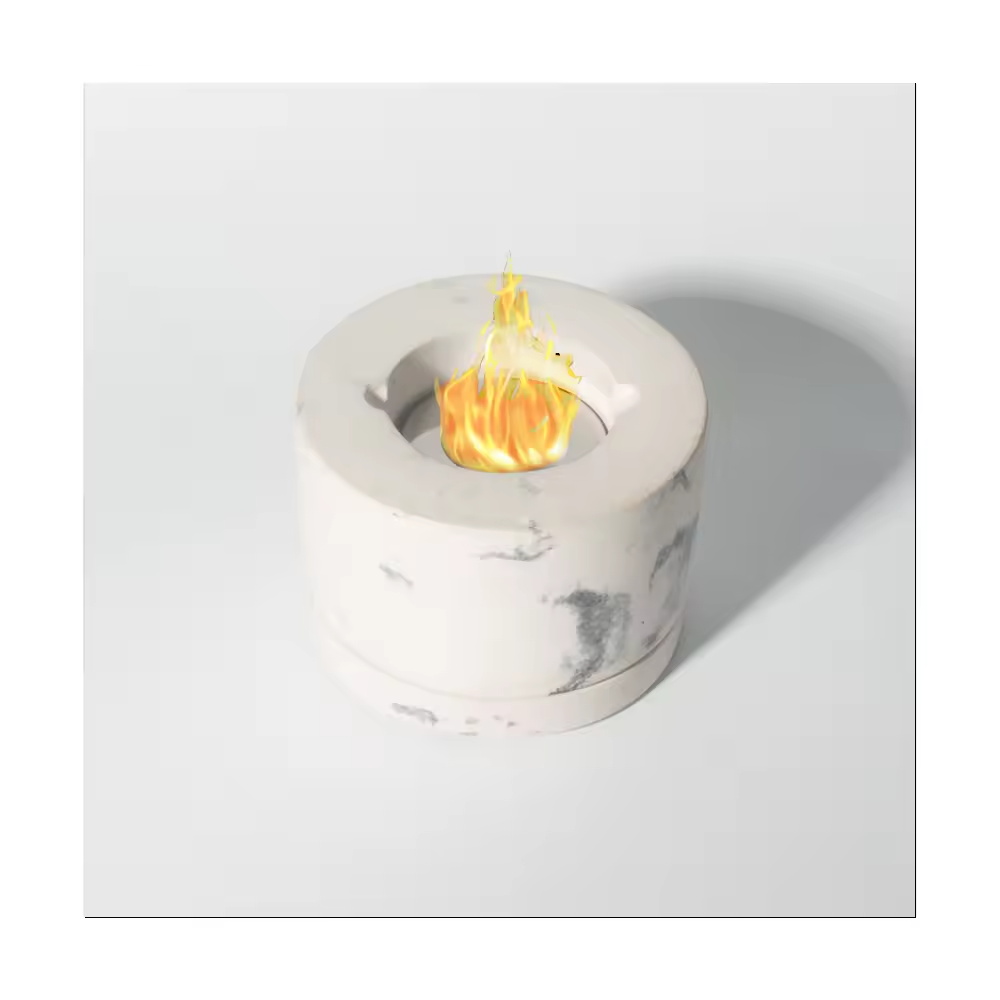
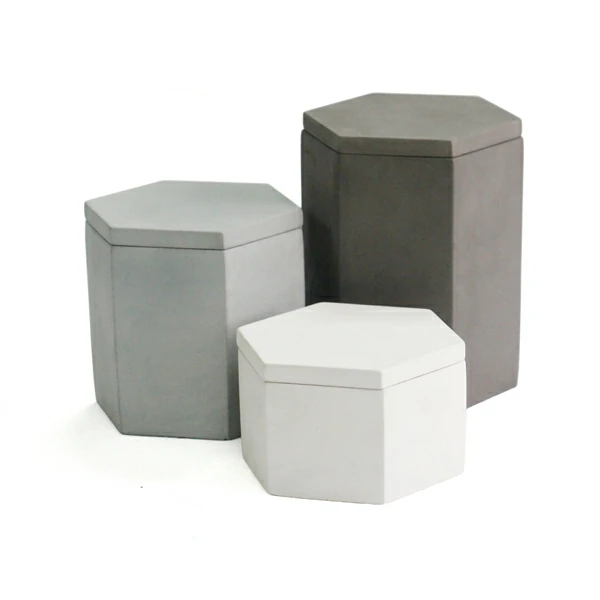
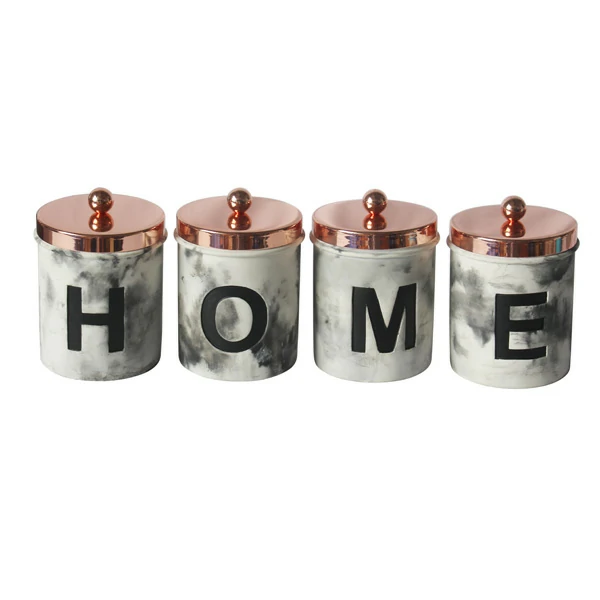
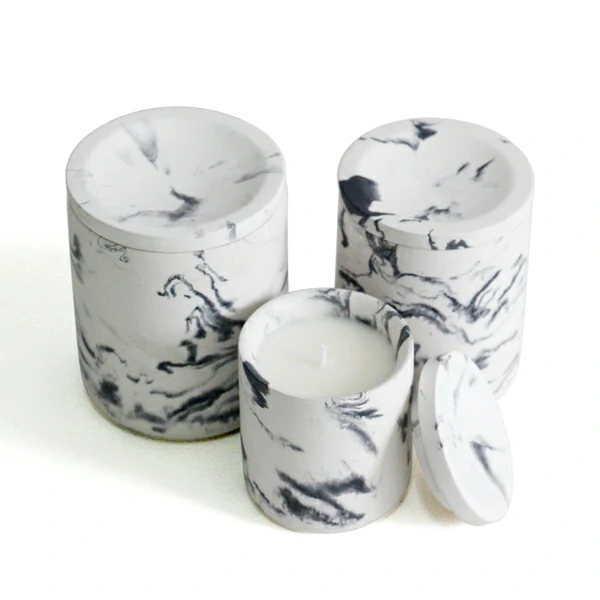

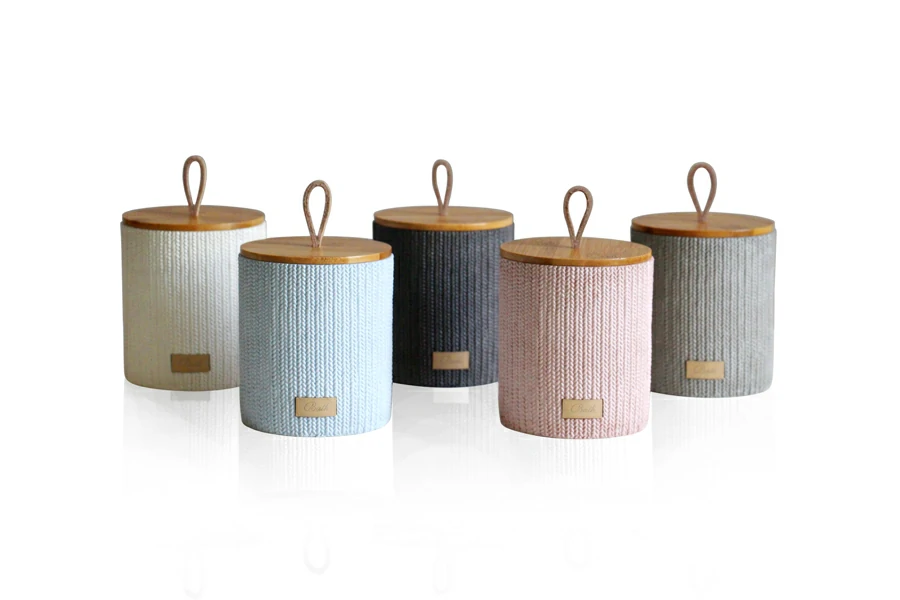
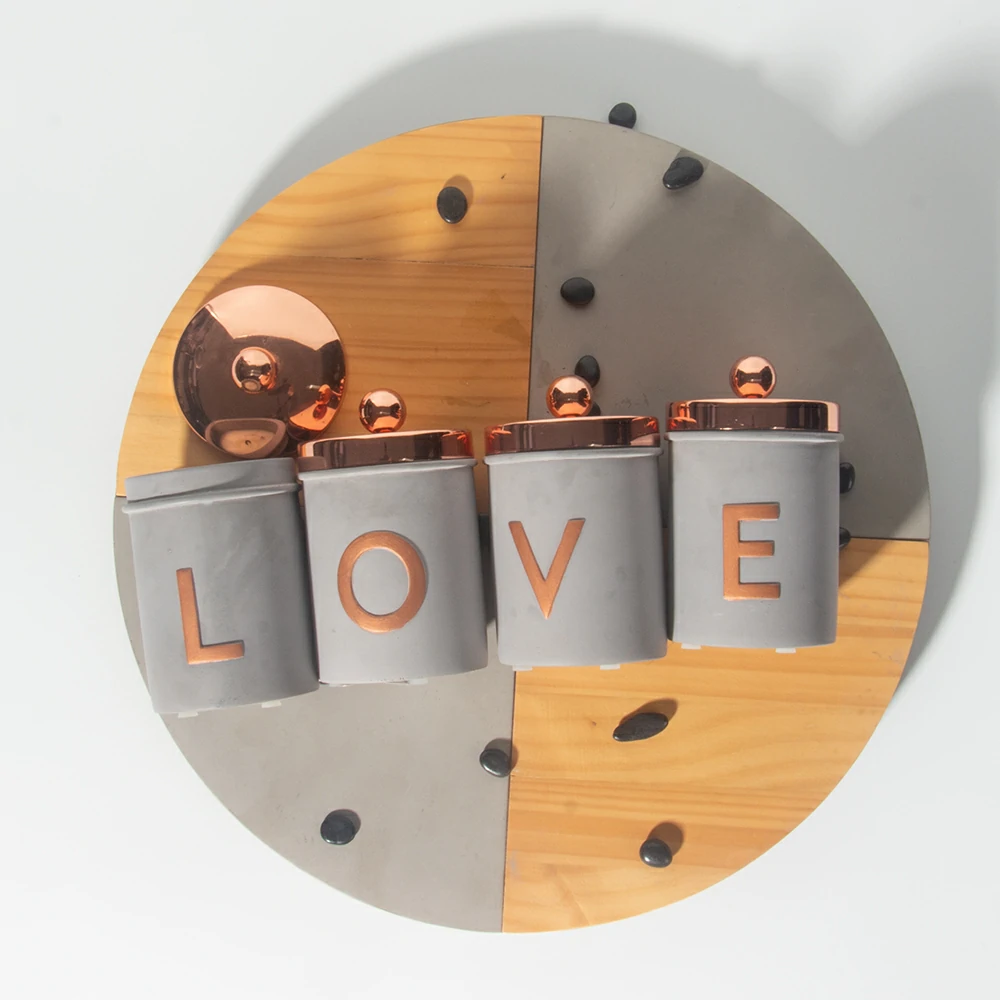

 Tel
Tel
 Email
Email
 Address
Address










